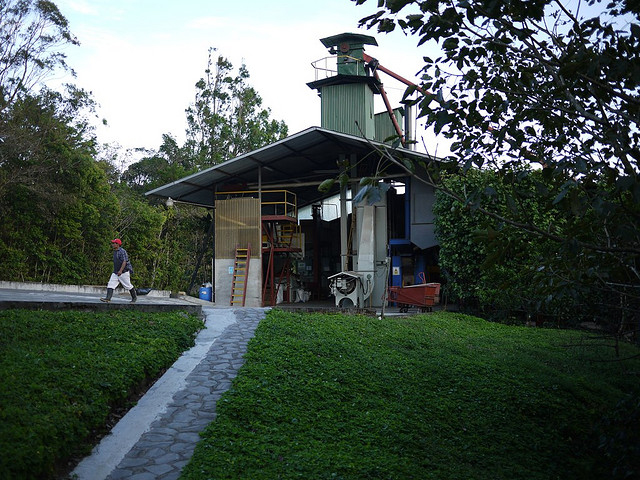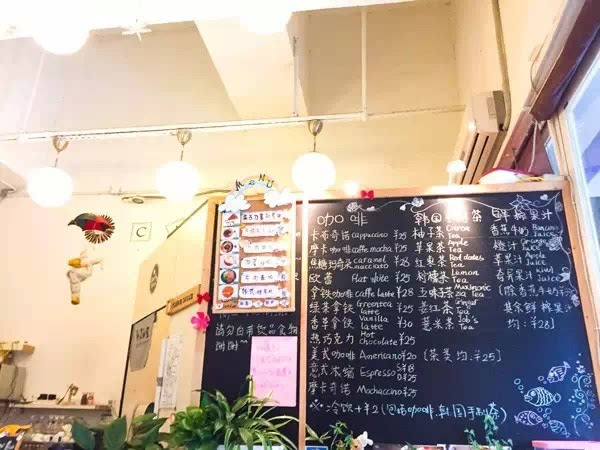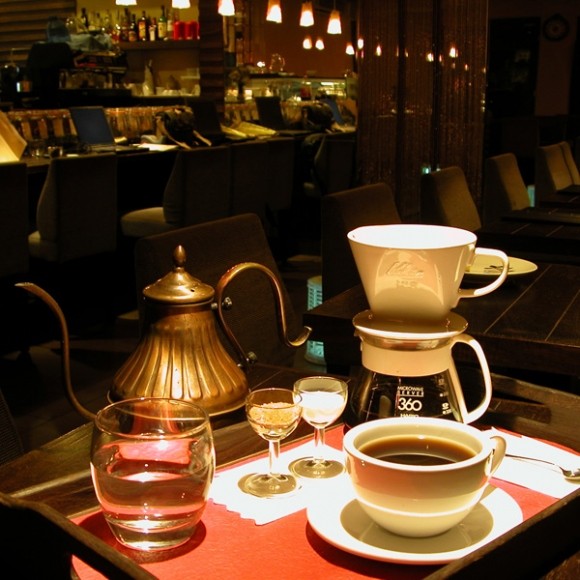Grade A washing treatment of pure black pearl beans at PNG Kimmel Manor, Papua New Guinea, Oceania
Located in the east of the Indonesian archipelago, Papua New Guinea, which is dominated by highlands, has a pattern of large manors / farms and small farmers, growing a variety of coffee varieties. The coffee flavor of Papua New Guinea is very different from that of other Asian regions such as Indonesia, South Asia, India or the Pacific Islands. compared with Indonesian beans (Sumatra, Sulawesi) which are mostly semi-washed (wet peeling), they show low acidity, mellow texture and soil conditioning.
Papua New Guinea, to the east of Indonesia, has a standard island climate, located between the equator and 10 poisonous latitudes, with tropical rain forest volcanic rocks and plateau topography, between 1200 and 2500 meters above sea level, making it a paradise for growing coffee. The local yield is small, and about 85% of the total coffee is produced by the garden cultivation system of small farmers. Small farmers join local cooperatives and share their processing equipment. Coffee is Pakistan's second largest export of agricultural products, which shows the importance of coffee industry to Pakistan's economy. Because the variety of coffee is different from that of Indonesia, and the altitude is higher than Sumatra, coupled with the use of water washing treatment, the regional taste of PNG coffee is different from Indonesia's muggy and low flavor, but has bright, sweet and sour, flower and fruit aromas, similar to the flavor of South America.
Washed Papua New Guinea coffee always has a brighter, more sour performance, similar to the flavor of Central American coffee. Large estates / farms (plantation) usually have their own washing plants, and smaller individual coffee farmers are more likely to control the quality and flavor of their output. Located in the Wiki Valley of the western plateau of Papua New Guinea near the kimel Valley, Chimere Manor, like many large farms / estates, has its own washing plant, but it is in fact an estate owned by many independent small coffee farmers of the surrounding Opais people and, in a sense, a private cooperative. Due to the excellent growth conditions and the stable quality control process of the treatment plant, the coffee produced has an active sense of brightness and retains a considerable degree of flavor uniqueness of Papua New Guinea coffee.
Another special feature is that the variety of coffee planted by Kimmel cannot even be counted with one hand: Typica, Arusha, BlueMountain, MundoNovo, Catimor, Caturra. Or even more-- in fact, just as they don't put their eggs in the same basket, most farmers actually plant different varieties. Avoiding the risk that a particular variety does not adapt to the growth of a particular variety resulting in unsuccessful planting or production is not as expected, but also creates an interesting performance of its coffee flavor characteristics.
The round beans of this Chimeier Manor will taste a little spicy, with sweet and refreshing notes of nuts and sugar cane, creamy and smooth, the round beans taste more solid and the overall performance is balanced and smooth.
Country: Papua New Guinea
Grade: grade A
Producing area: Wiki Valley
Altitude: 1500 m
Treatment: washing
Varieties: Arusha, BlueMountain, Catimor
Producer: Kimmel Manor
Flavor: nuts, sucrose, low acid and solid

Important Notice :
前街咖啡 FrontStreet Coffee has moved to new addredd:
FrontStreet Coffee Address: 315,Donghua East Road,GuangZhou
Tel:020 38364473
- Prev

Chinese Taiwan Cafe recommends Chinese Taiwan Coffee Culture is there any good coffee shop recommendation in Taiwan
In the 18th century in Taiwan, China, in 1884 (the 10th year of Guang Xu), the British introduced coffee to the three Gorges in Taipei. during the Japanese occupation, the Japanese saw that Taiwan's climate and soil were suitable for coffee, so they introduced "Arabica" from abroad and successfully planted it in the north. Mizuho invested a lot in planting and had a good yield. In the 19th century, 1941, rich output, good quality and flavor led to the complete victory of coffee in Taiwan.
- Next

Various utensils and principles for making coffee how to use the cognition and maker of all kinds of coffee utensils
Due to the blind spots of students' cognition and production methods of various coffee utensils, the home page made a simple horizontal comparison and evaluation, hoping to help novice players to a certain extent. Due to the lack of time, if there are individual differences, I hope you can correct them. I hope everyone will work together to find the coffee utensils suitable for you and play the coffee well. There are many ways to make coffee, let's focus on a few
Related
- How did the Salvadoran coffee industry develop in Central America?
- What exactly does the golden cup extraction of coffee mean?
- The Origin of Coffee flower
- [2023 Starbucks World Earth Day] there are more meaningful things besides free Starbucks coffee!
- What kind of coffee is there in Spain? 9 Flavors of Spanish Coffee
- Aromatic African coffee| Kenya's coffee culture and historical production area
- Liberica Coffee Bean knowledge: the characteristics of Liberian Coffee beans of the three original species of Coffee beans
- The origin and formula of Spanish latte introduces the taste characteristics of Bombon coffee in Valencia, Spain.
- How to adjust the solution of over-extracted coffee
- What is the tasting period of coffee beans? What is the period of coffee and beans? How should coffee wake up and raise beans?

